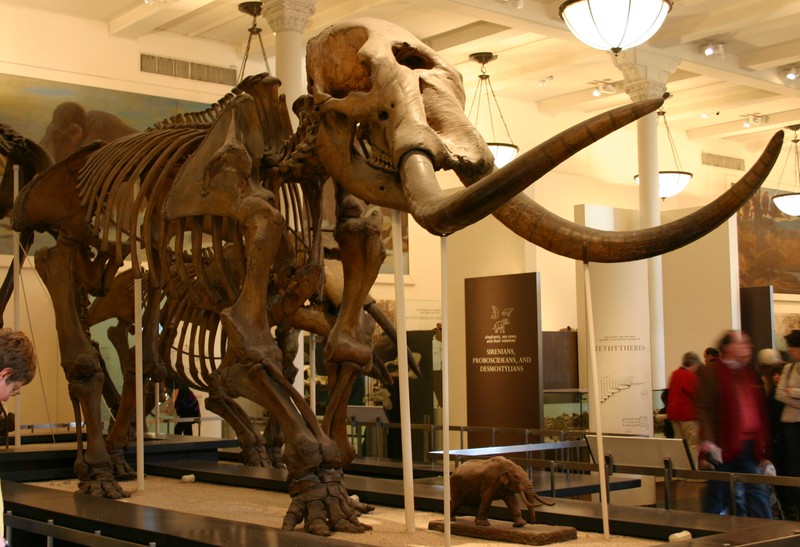Warren Anatomical Museum
Introduction
Text-to-speech Audio
Images
This mammoth is one of many displays at the Warren Anatomical Museum

Backstory and Context
Text-to-speech Audio
The museum was founded in 1847 by Harvard Medical School anatomist and surgeon John Collins Warren, who was one of the founders of Harvard Medical School. Warren donated the Museum of Massachusetts Medical College to Harvard Medical School in 1847. The museum, which now houses over 15,000 artifacts, began with donations of artifacts and teaching resources from physicians, surgeons, professors, and scientists.
In the 20th century, the museum expanded to feature medical instruments and devices and focus on the history of medicine. In 1999, the Harvard Medical School’s Department of Anatomy became the Center for the History of Medicine. “The survival of the collection was rare for an American medical school, as most US medical museums were decommissioned in the mid-20th century. The present collection includes approximately 3200 anatomical and osteological preparations, 750 wet tissue preparations, over a 1000 watercolors, drawings, photographs, and lantern slides, an estimated 1000 anatomical models and casts, 500 human and non-human calculi, and roughly 8500 medical, dental, and public health instruments and devices. The collection’s strengths are in anatomy, pathology, and medical education, and it draws from the Harvard and Harvard affiliate health services community” (“Warren Collection”).
